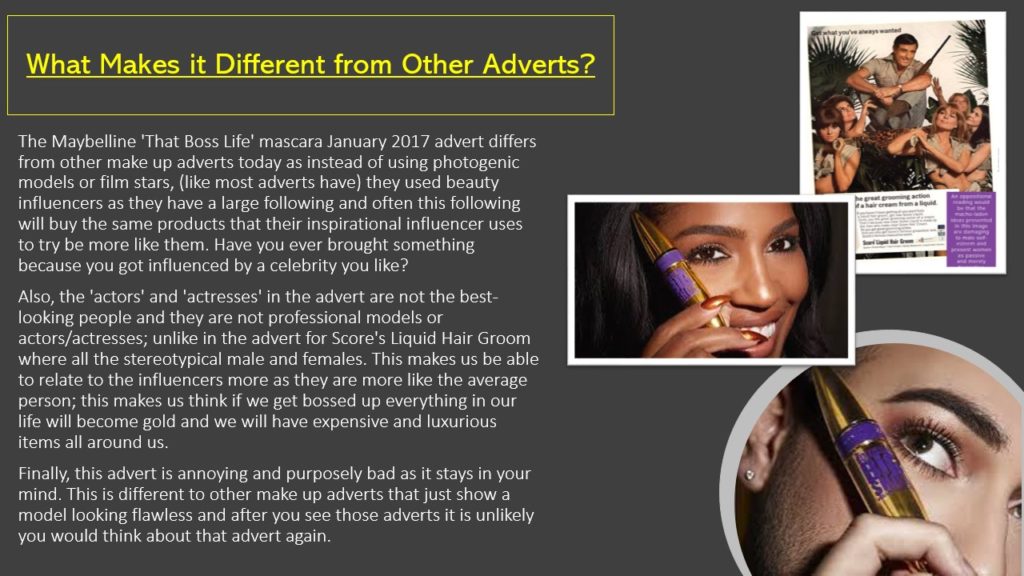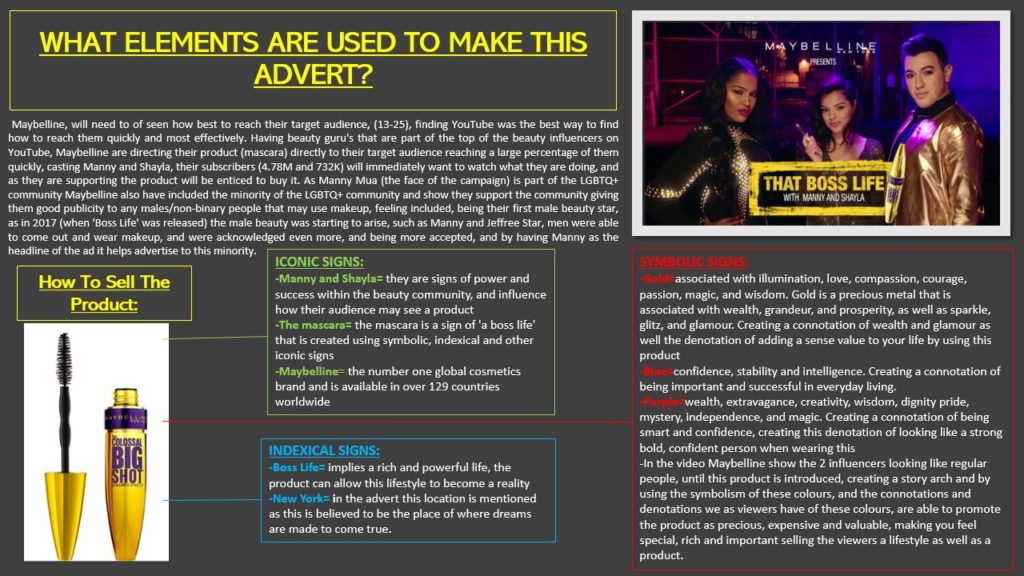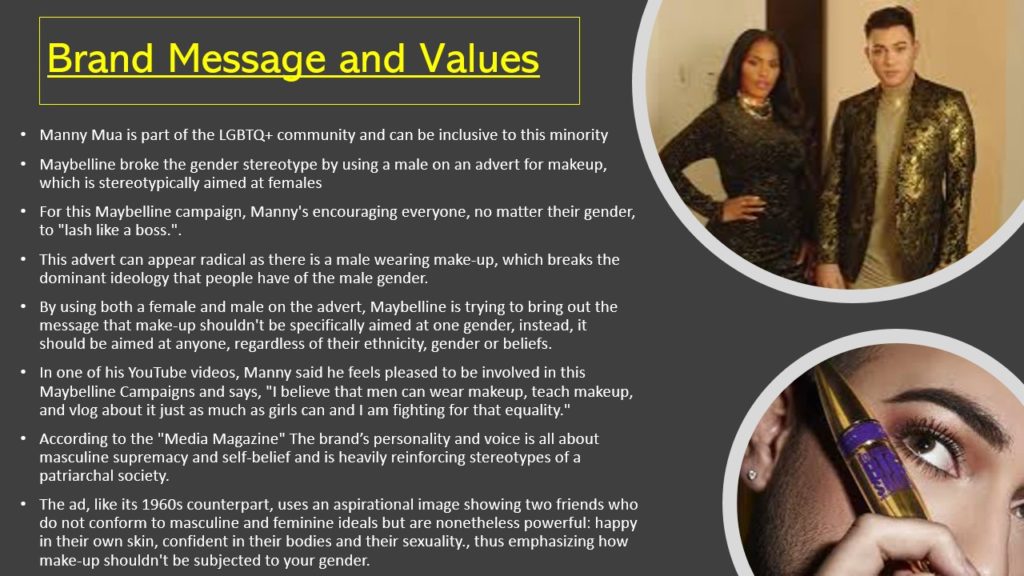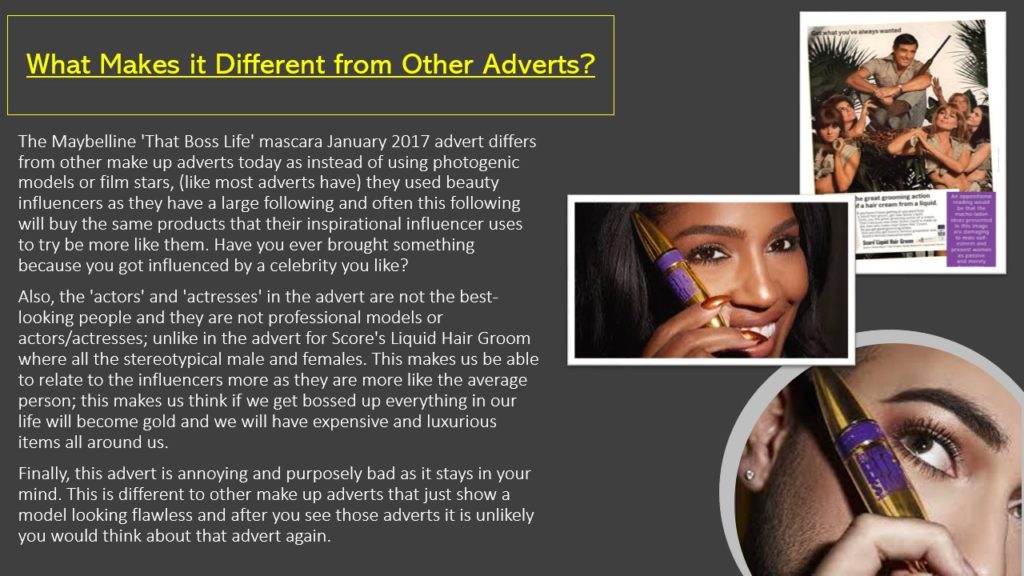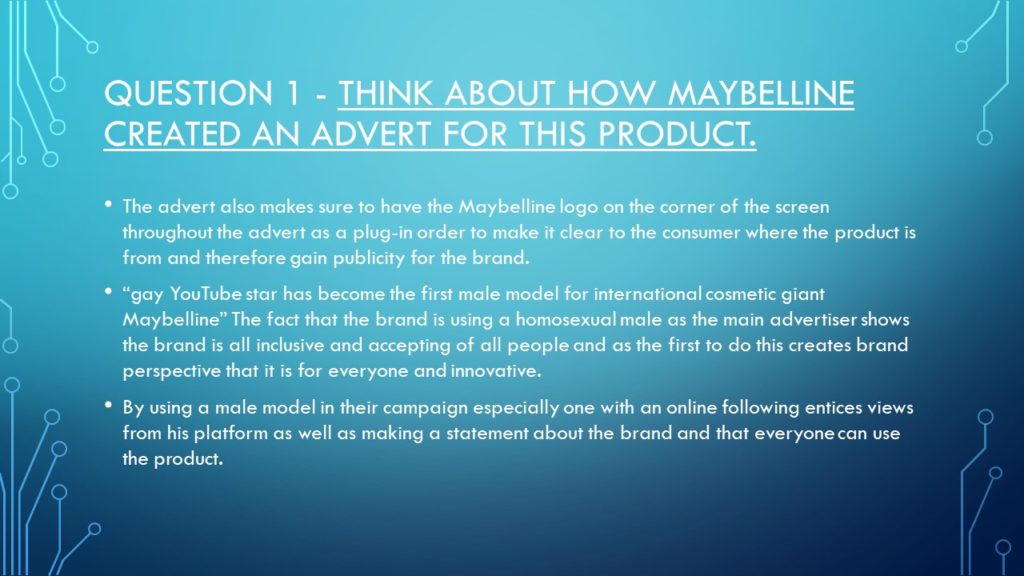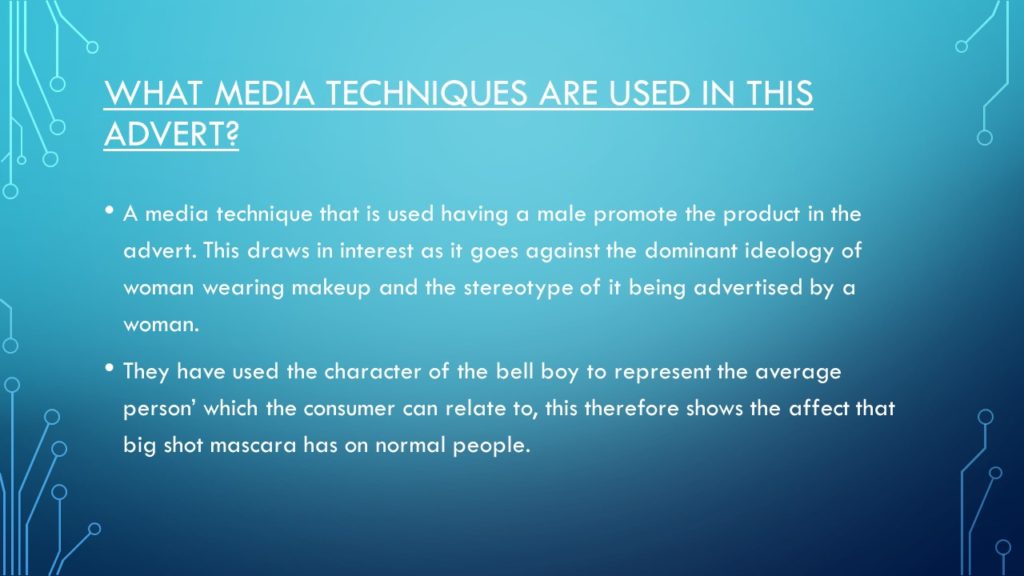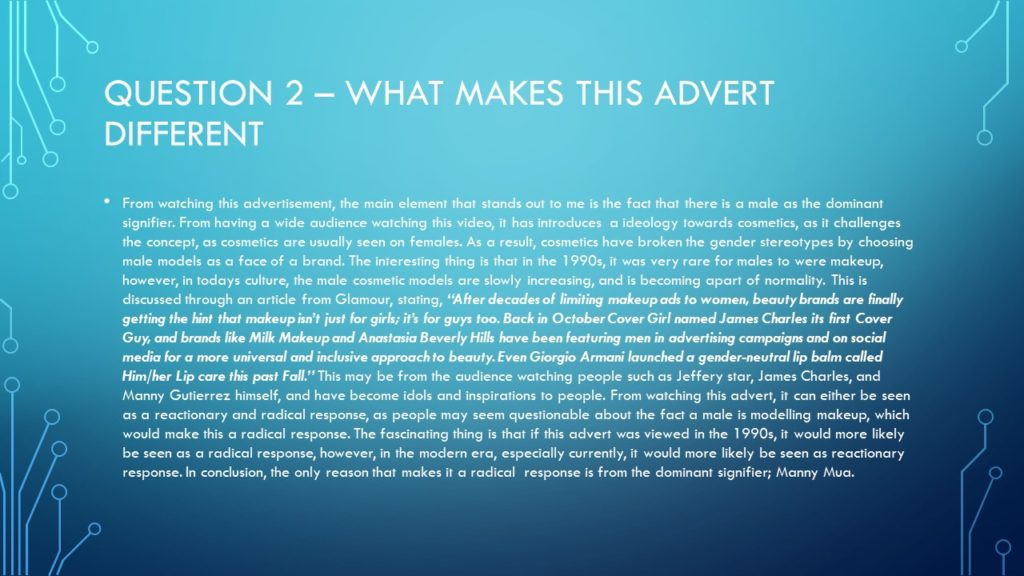
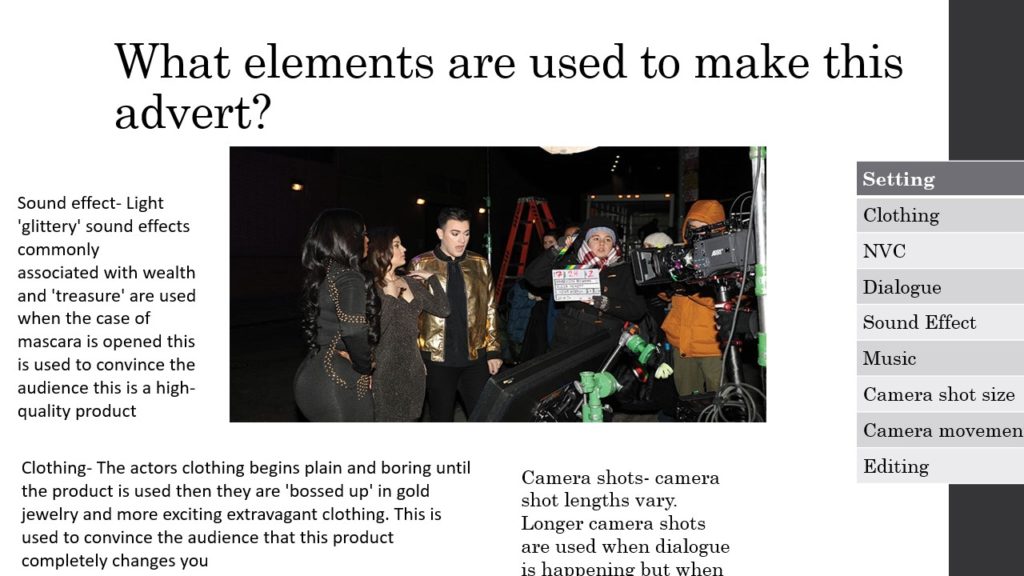
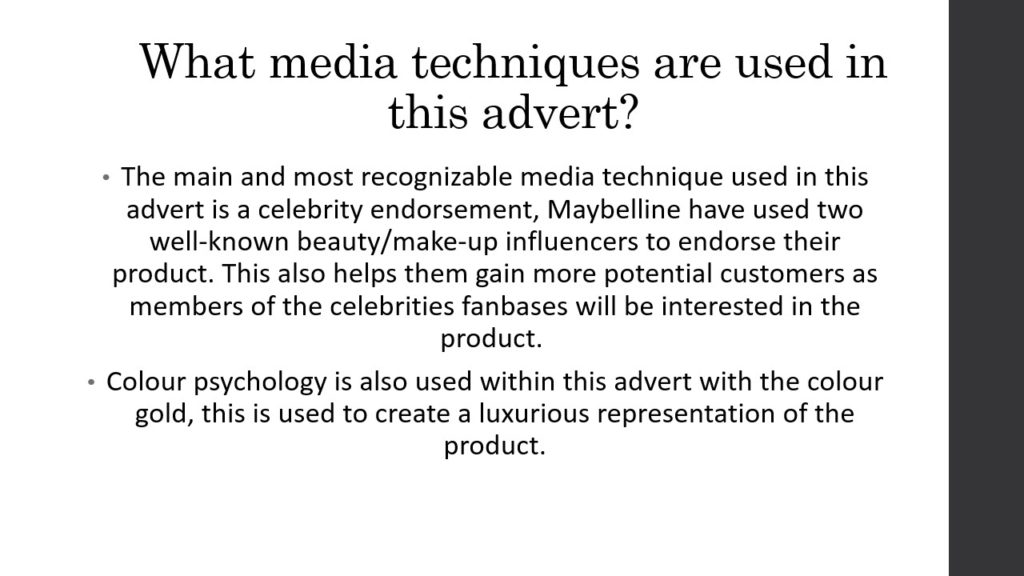

















In this essay I will discuss how the gender roles of a male and a female are portrayed within the media industry and I will be focusing on the media products ‘Lara Croft Tomb Raider’ and ‘Men’s health’. I will discuss whether they are radical or reactionary texts and will consider the use of different audience and production theories and discuss whether the producers behind the media products have followed David Gauntlet’s theory of identity. In particular, I will argue that ‘Tomb Raider’ is a radical text and that ‘Men’s Health’ is a reactionary text.
My first argument is that ‘Tomb Raider’ is a radical text. I believe this because the character of Lara Croft goes against all the stereotypes of a female in the gaming world and the real world. For example, Lara Croft is portrayed as a strong and powerful character and does not have a male character saving her instead she is saving and protecting herself, this is not what you would typically see in a video game which is aimed at a male audience. This adds a feministic view on things as it is suggesting that a woman is as capable as a man to do anything, even fight. I consider this to be radical as it does not conform with the general ideas about women within society. However, I also think that it contains reactionary aspects within it, for example, Lara Croft is heavily sexualized and is dressed in clothes that exaggerate and emphasize her breasts and her bottom. This is reactionary because it does conform with the general idea in society that women that are slim and wear clothes that emphasize their breasts and bottoms attract the male gaze, hence why they are buying and playing ’Tomb Raider’. Overall however I believe ‘Tomb Raider’ to be a radical text.
My second argument is that ‘Men’s Health’ is a reactionary text. On the front page is an image of a male celebrity with the ‘ideal’ male body that many men across the world aspire to look like. All the text on the front page surrounding the image is related to losing weight/ fat and gaining muscles. This magazine reinforces the negative stereotype that all men should look the same and be big and muscular and as ‘masculine’ as possible. However, in many men around the world this is not the case as everybody has a different build, metabolism and ability to gain muscles. The inside pages of the magazine continue this representation of the male gender to be strong muscular and healthy with a content page directing the readers to pages with tips on how to maintain your health and fitness. One inside page in particular however gives a slightly radical representation and there is an image of an elderly man running and he is named ‘The Marathon Man’. I consider this to be a radical representation as it is not a highly usual or stereotypical thing to see and you would not expect it.
To conclude, in my personal opinion I think the media industry has very fixed stereotypes and representations of the male and female genders and that the two media products ‘Tomb Raider’ and ‘Men’s Health’ prove this point. The producers of these media products have thought in detail about how they represent their products and characters within. For example, the ‘Tomb Raider’ producers have specifically targeted the ‘male gaze’ and have designed the character Lara Croft to be ‘sexually attractive’ to pleasure the heterosexual male audience/ player. The producers of the ‘Men’s Health’ magazine have worked hard to specifically target men directly and attempt to inspire them to become the ‘best’ they can be and live the idealistic lifestyle. In terms of audience theories such as Blumler and Katz’ uses and gratifications theory It has been applied to both products subtly for example in Lara Croft there is an element of escapism as is it set in derelict jungle/tomb area and ‘Men’s Health’ magazine gives an informative and educational perspective and some people are able to personally identify with the magazine as they may follow the same or similar Heath and fitness routines.
Businesses take into consideration more aspects of the audience would be assumed. With a special emphasis on children from before being born up to 18 years old as they are easily manipulated, after years of psychological research put into how to have an effect on them physically, mentally and sensory. Also the targeting of children is used to have them use their “pester power”, when a child affects brand preferences and purchases of there parents as the parents are more susceptible to the views of their children, to increase their amount of customers through the conversion of their parents to the brand that is favored by the child. Furthermore by securing a child into brand loyalty which can be achieved earliest at three years old but can consistently be achieved at five years old will most likely lock them into life long purchases with that brand.





